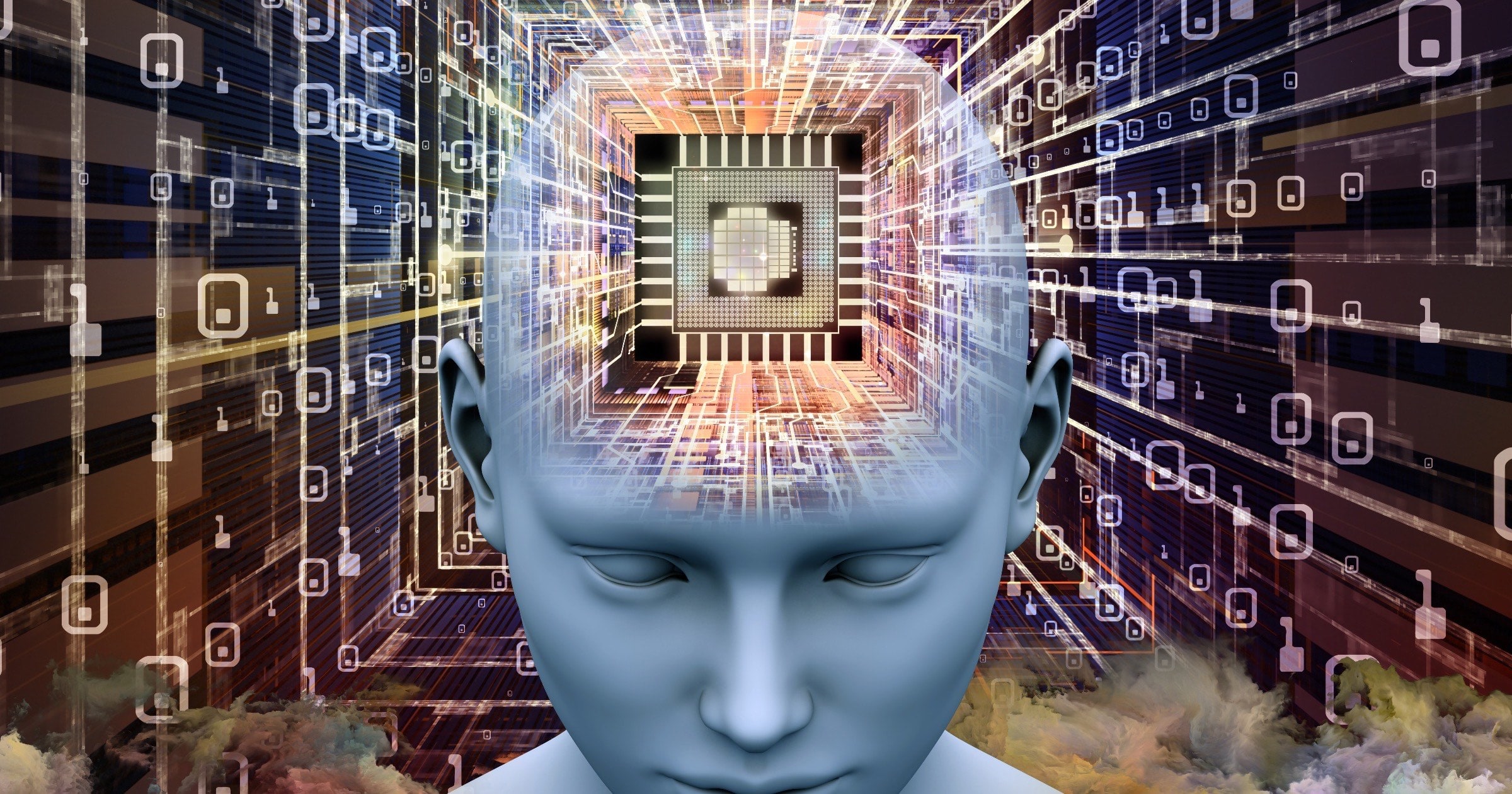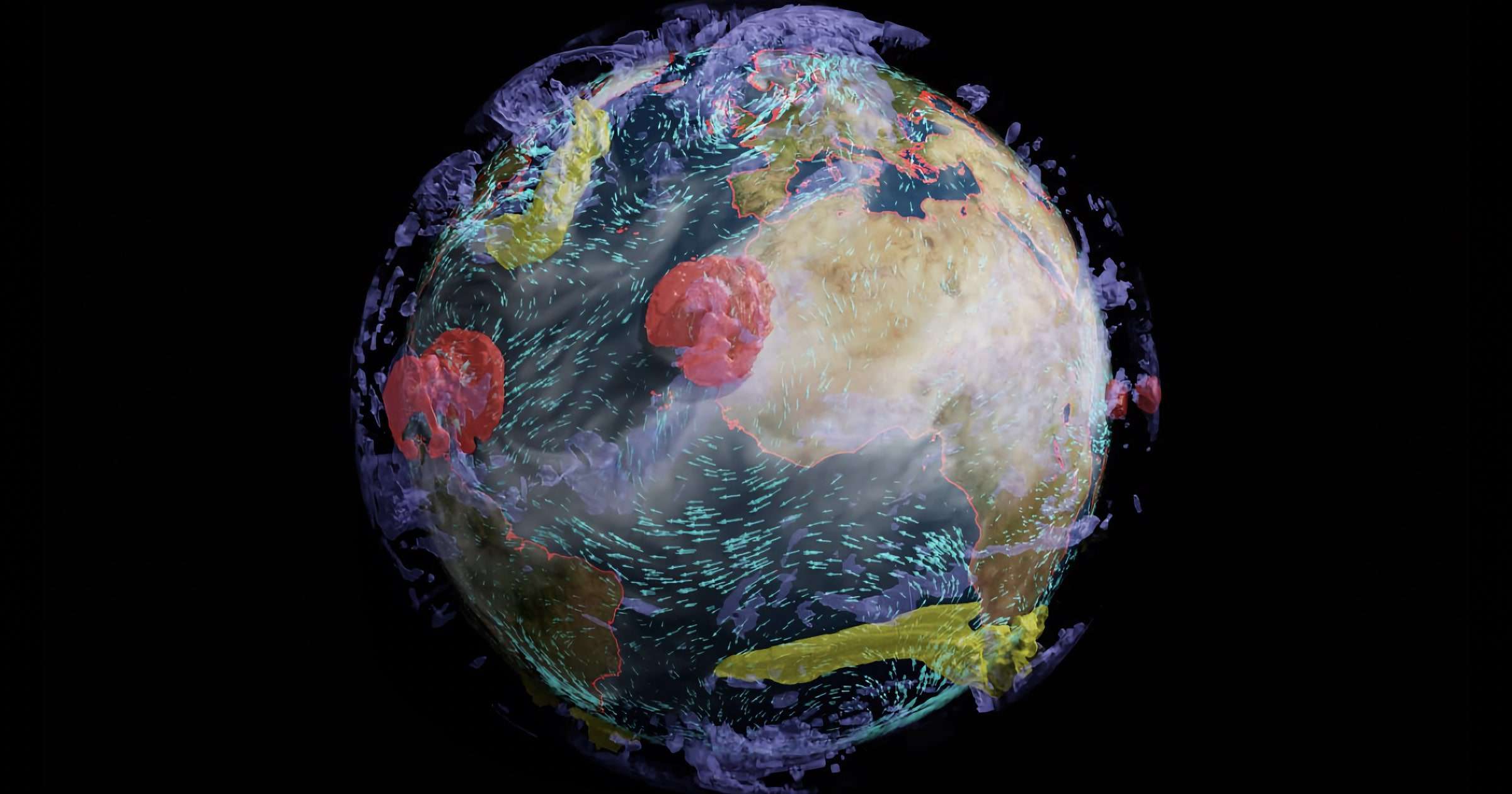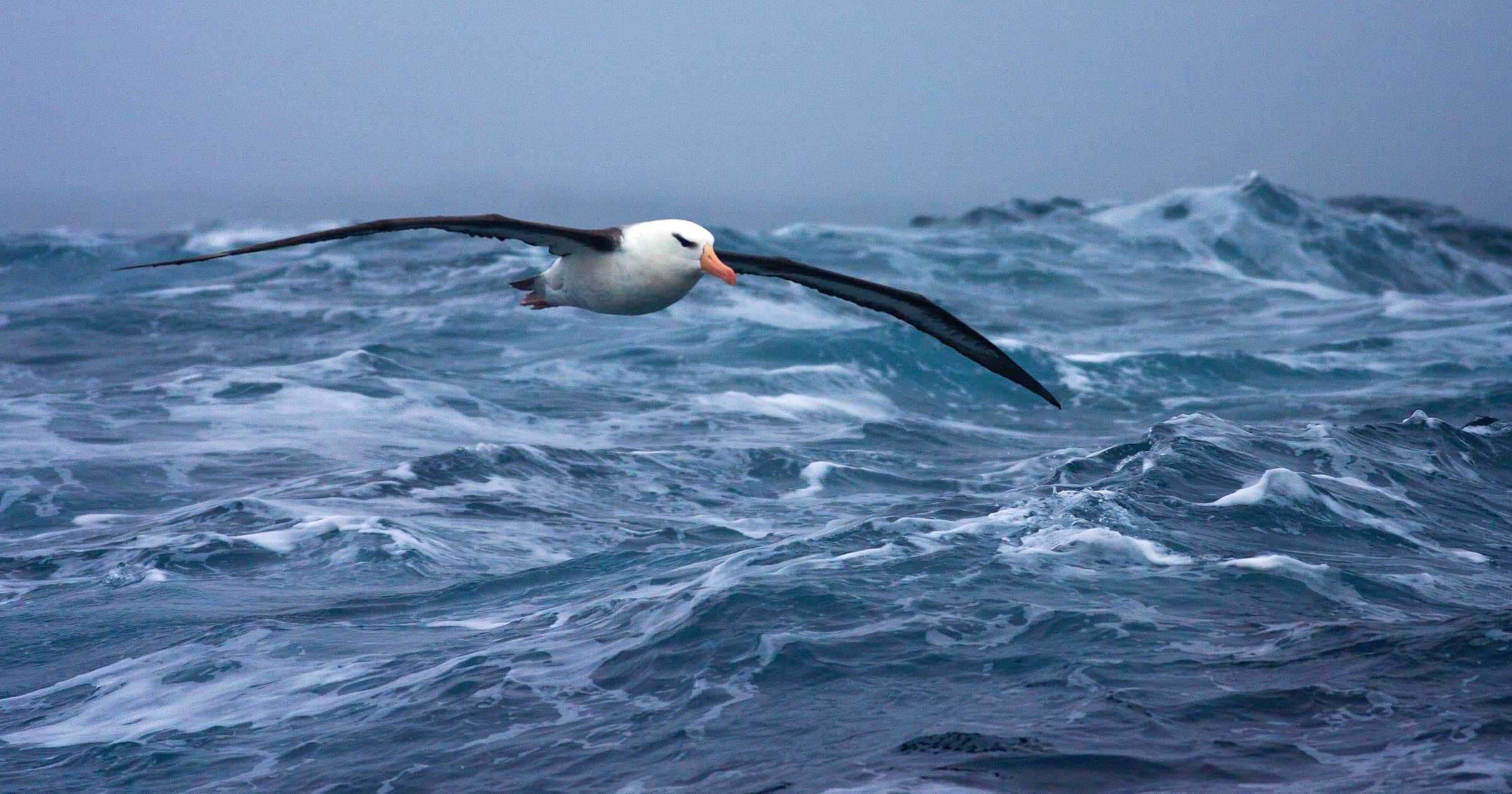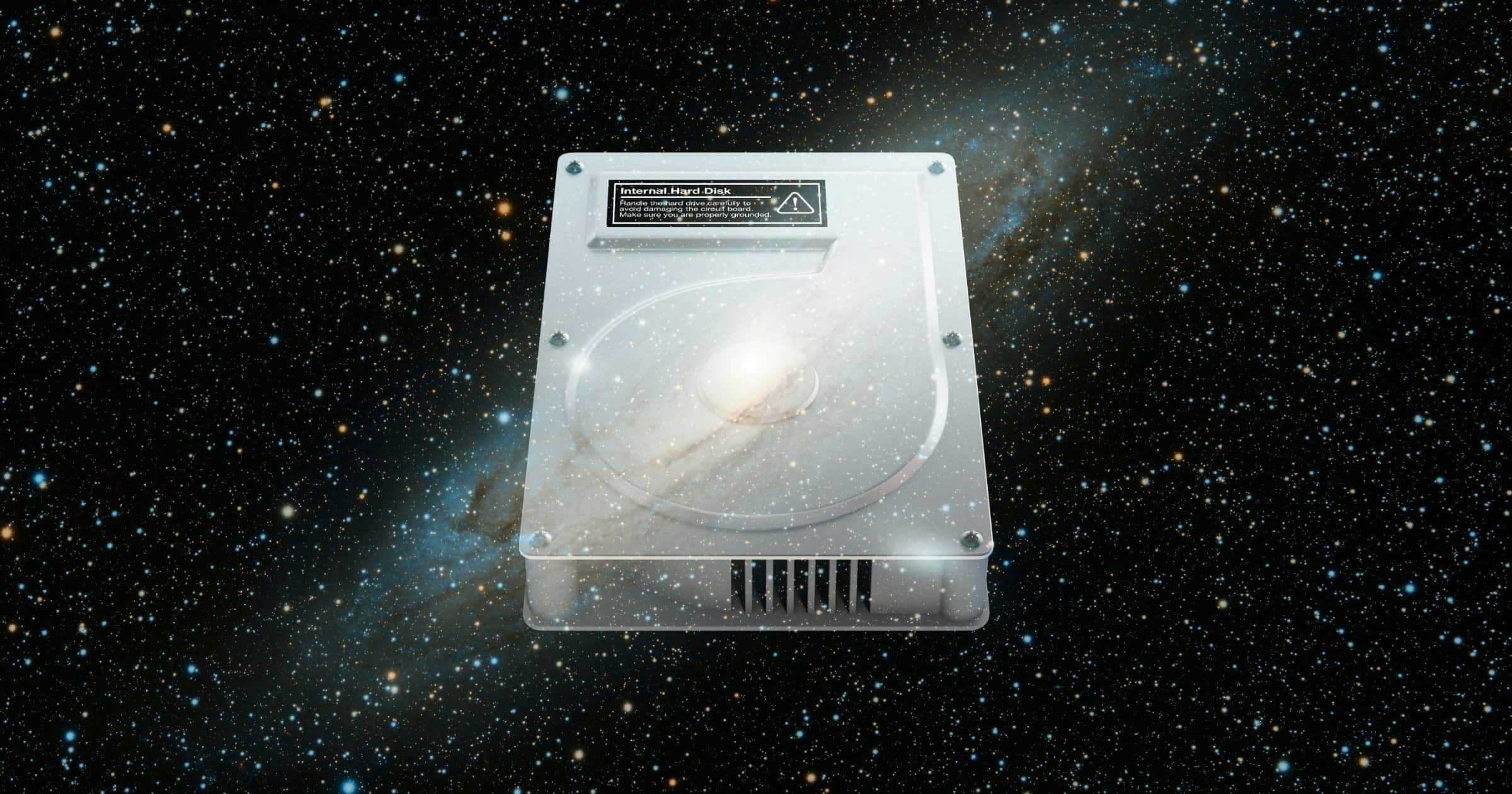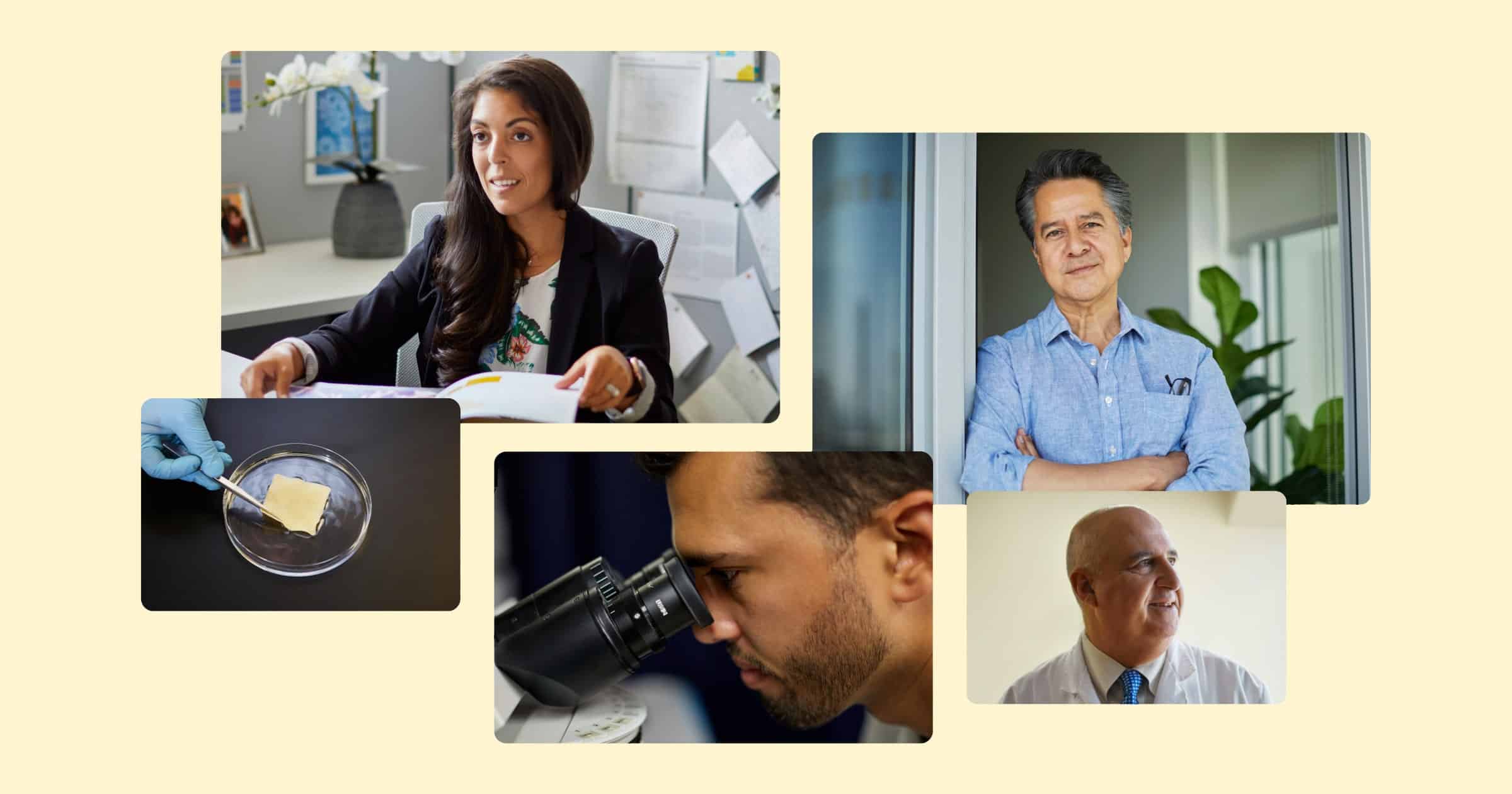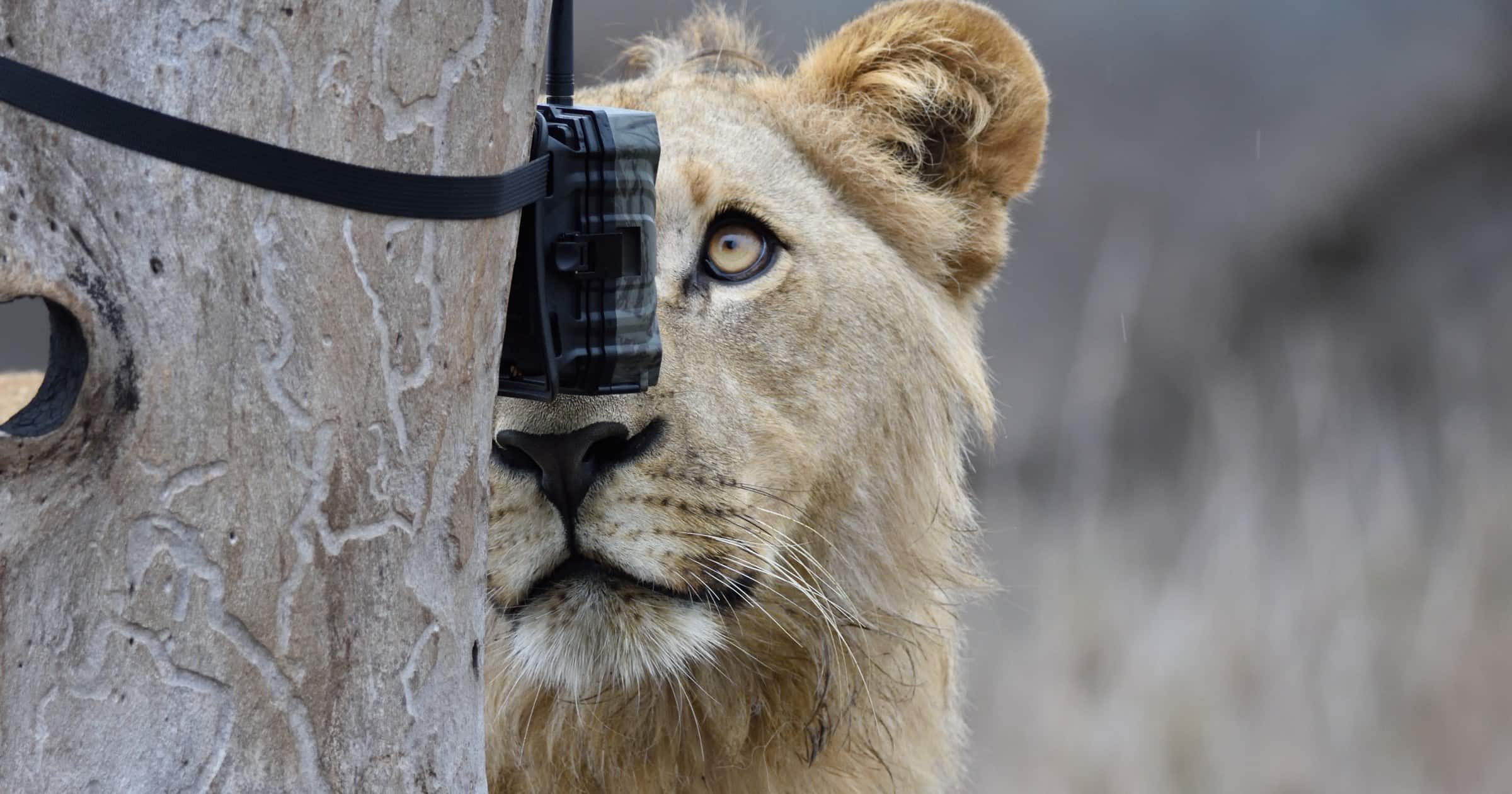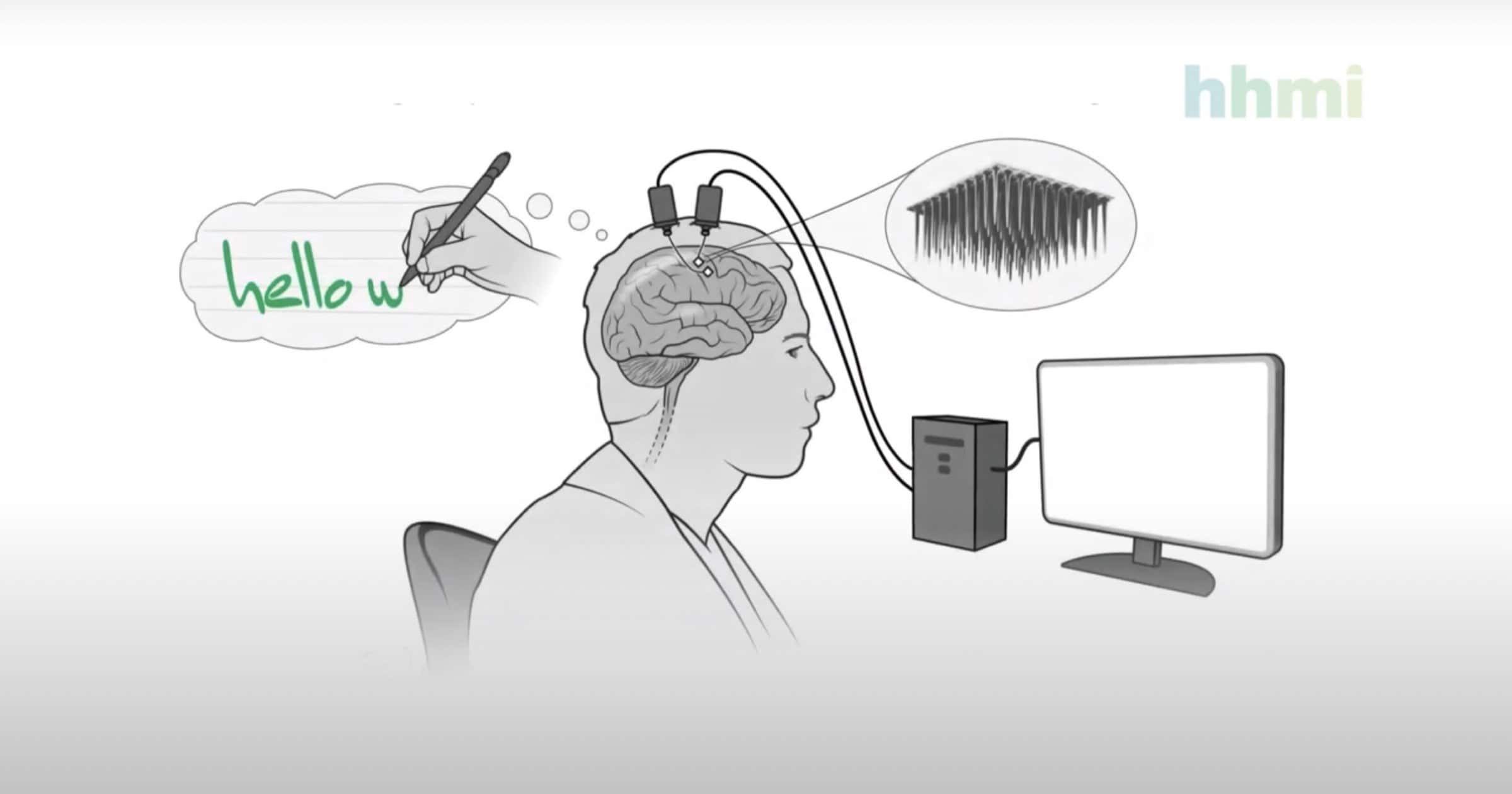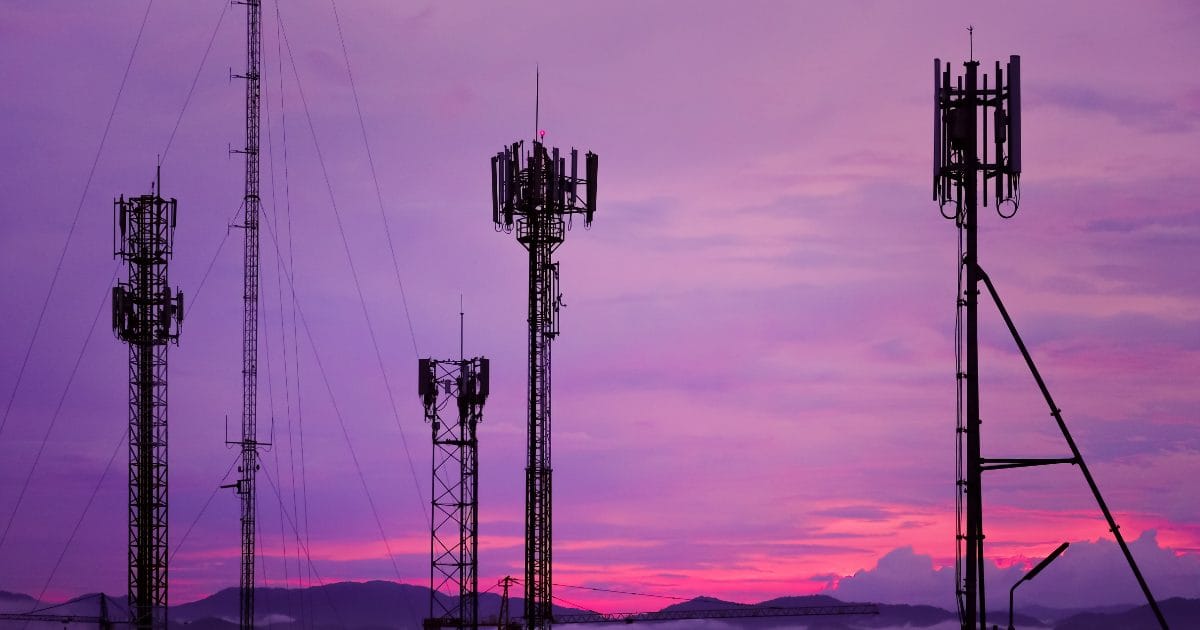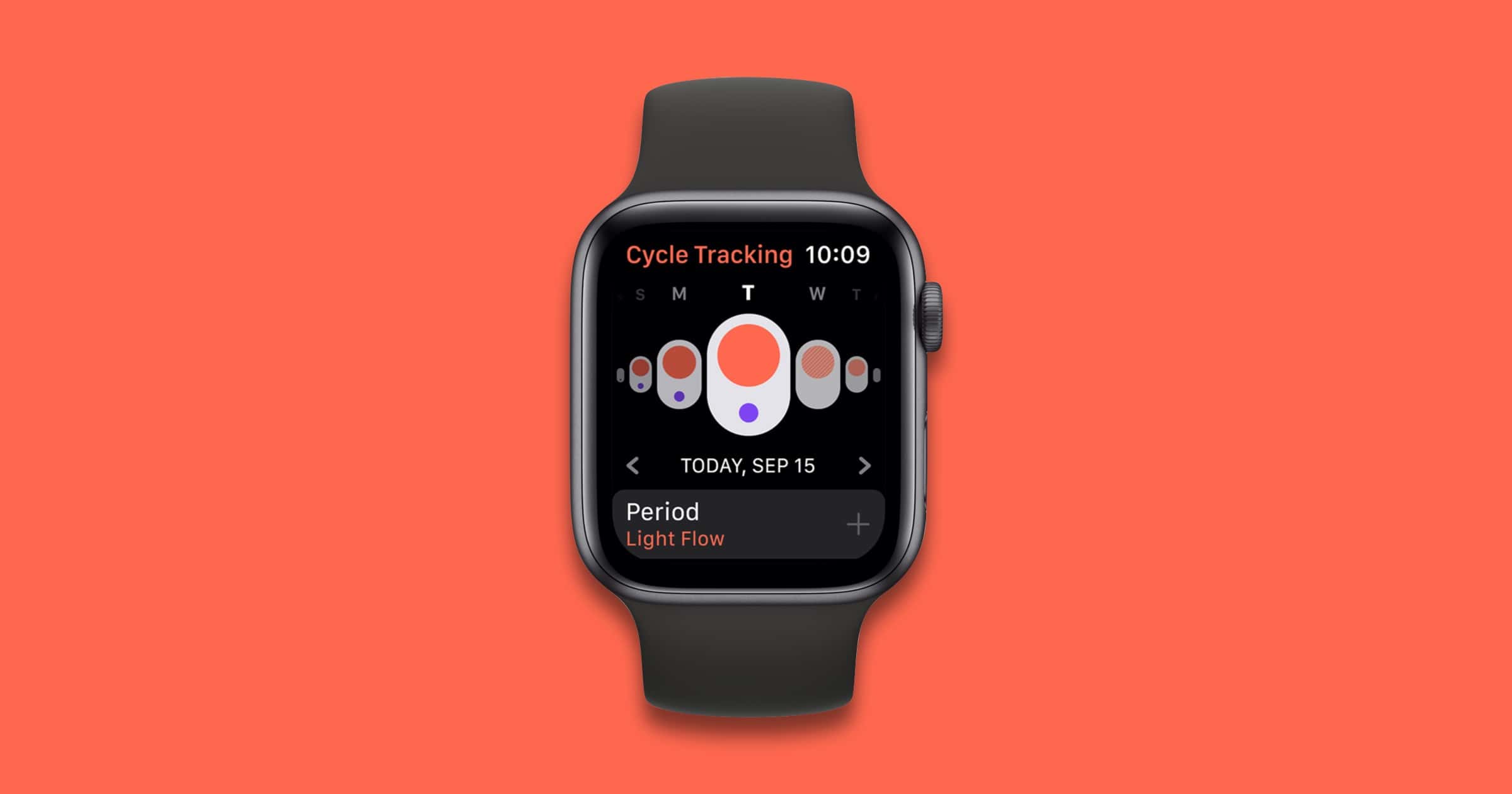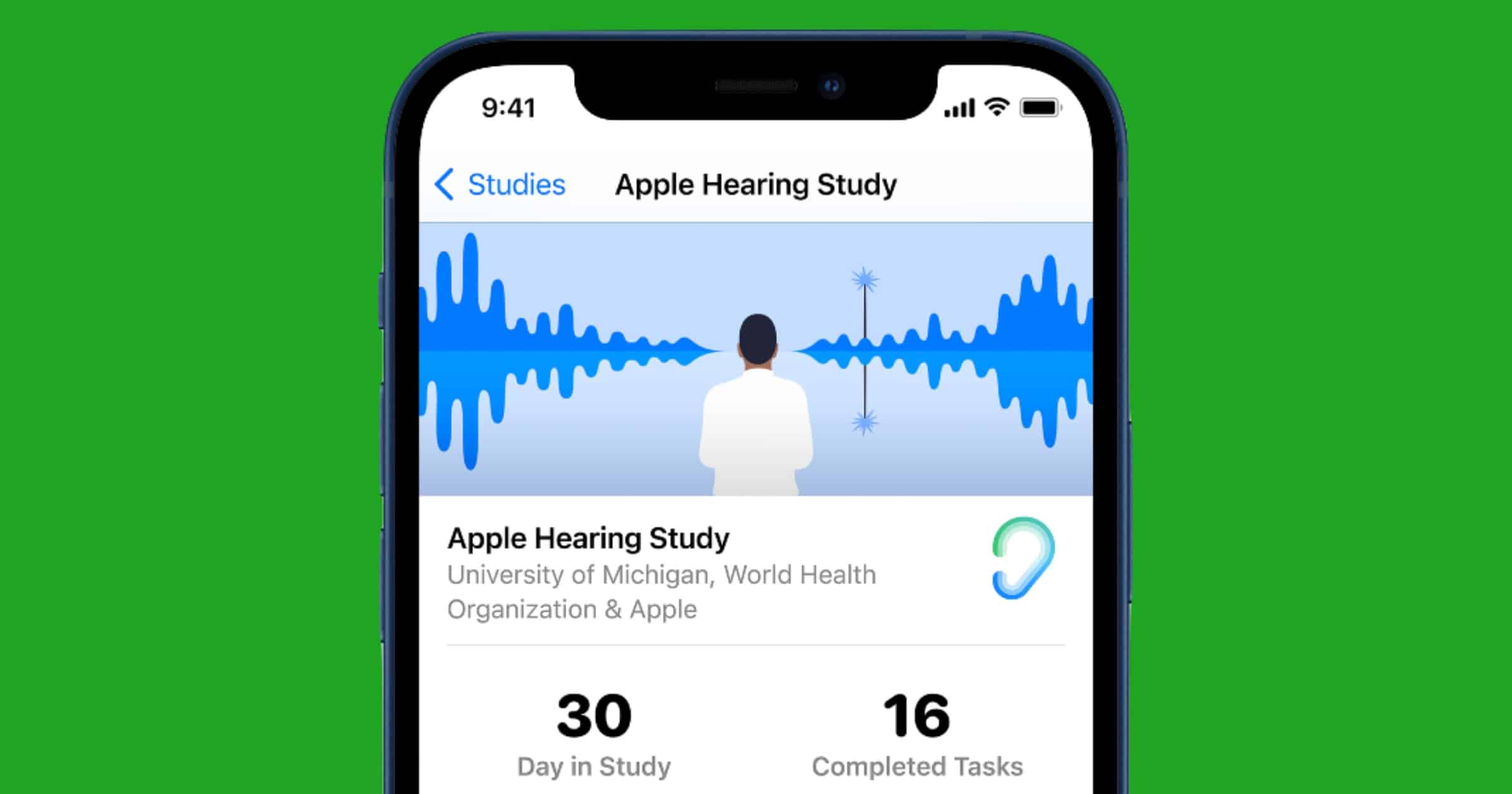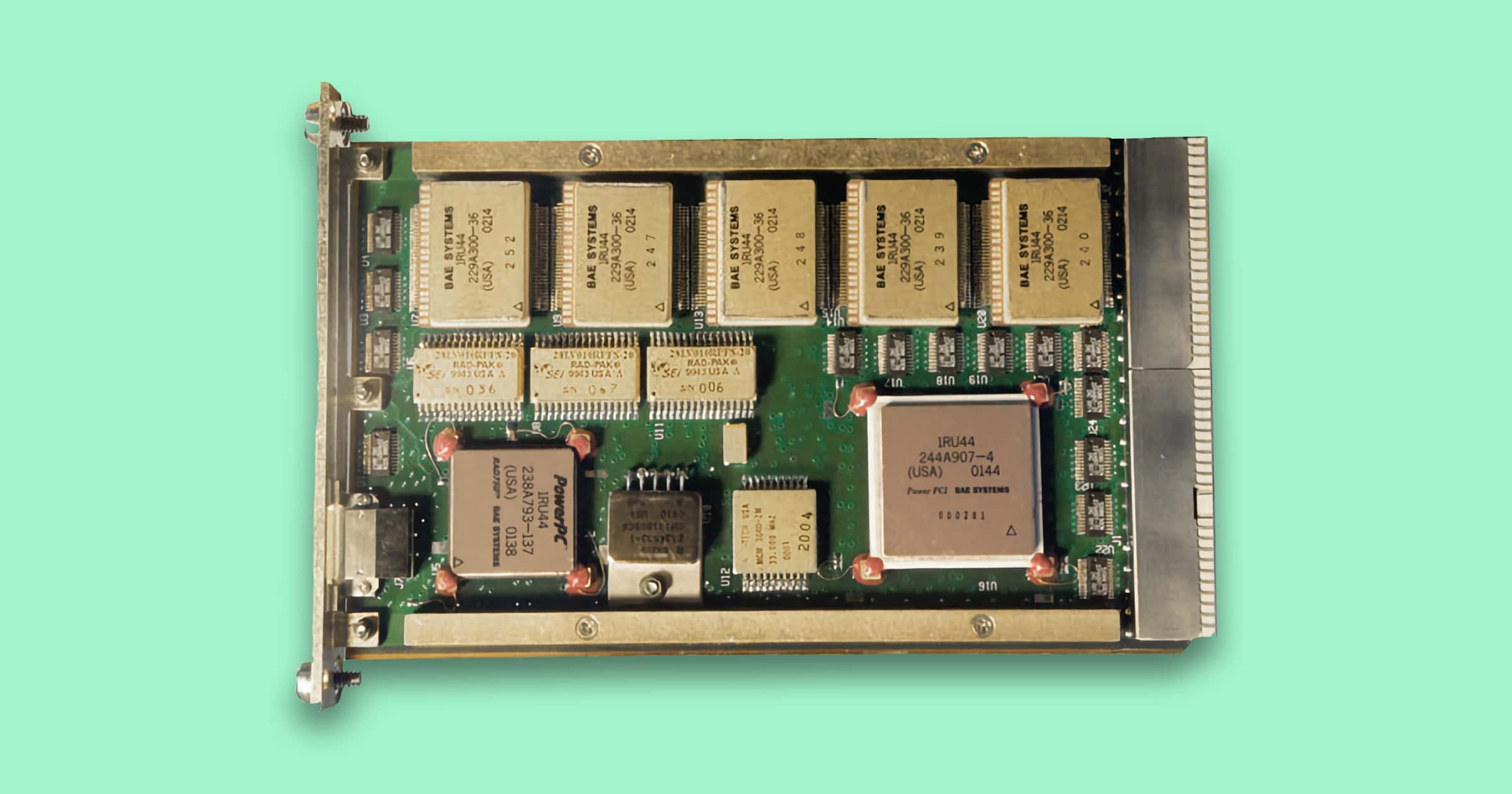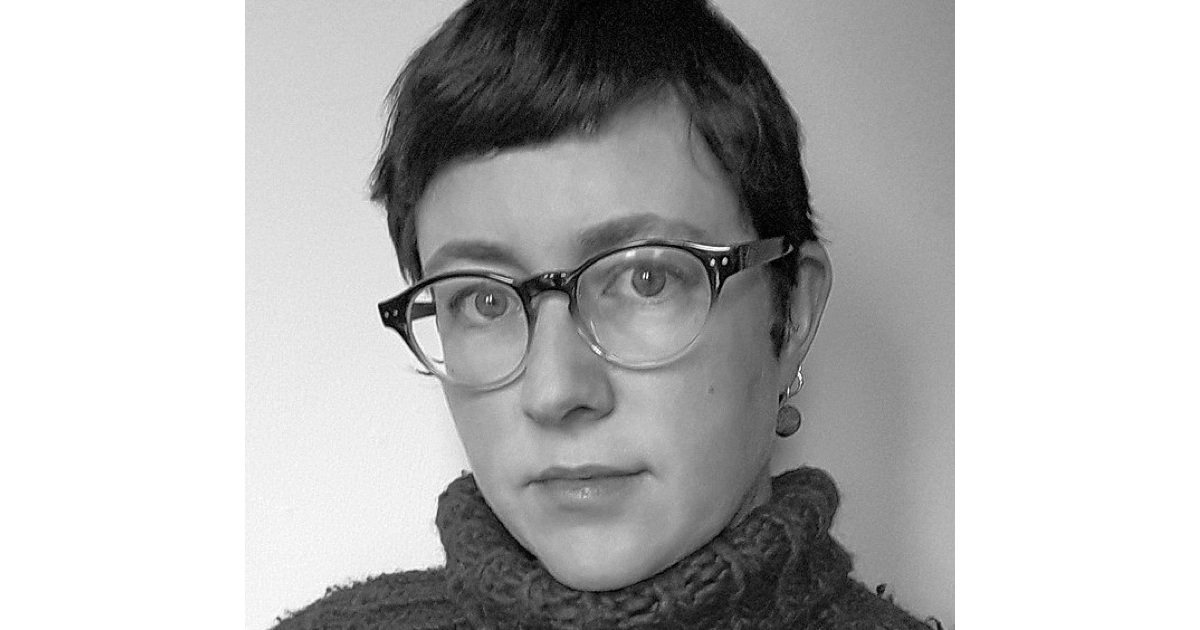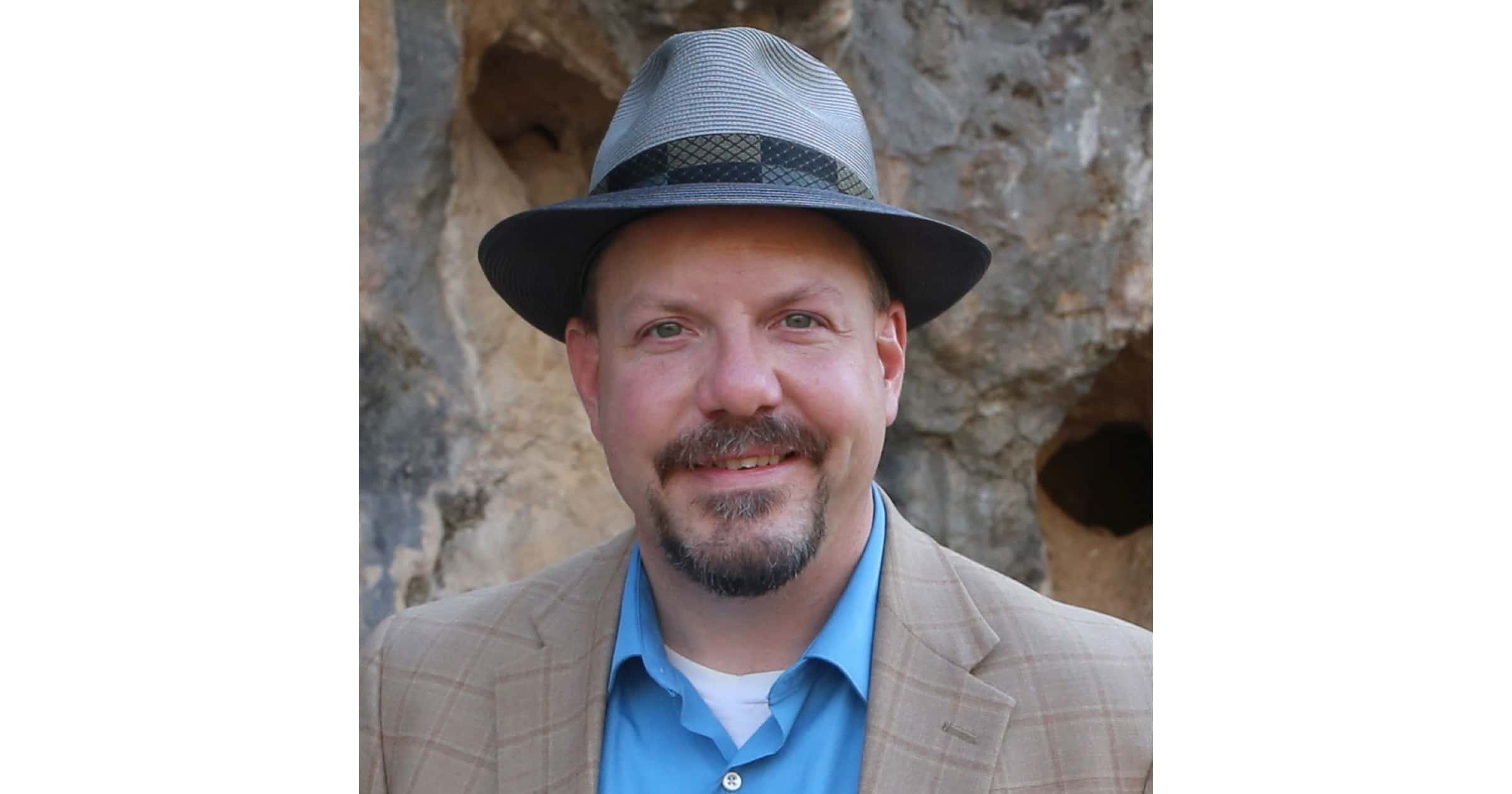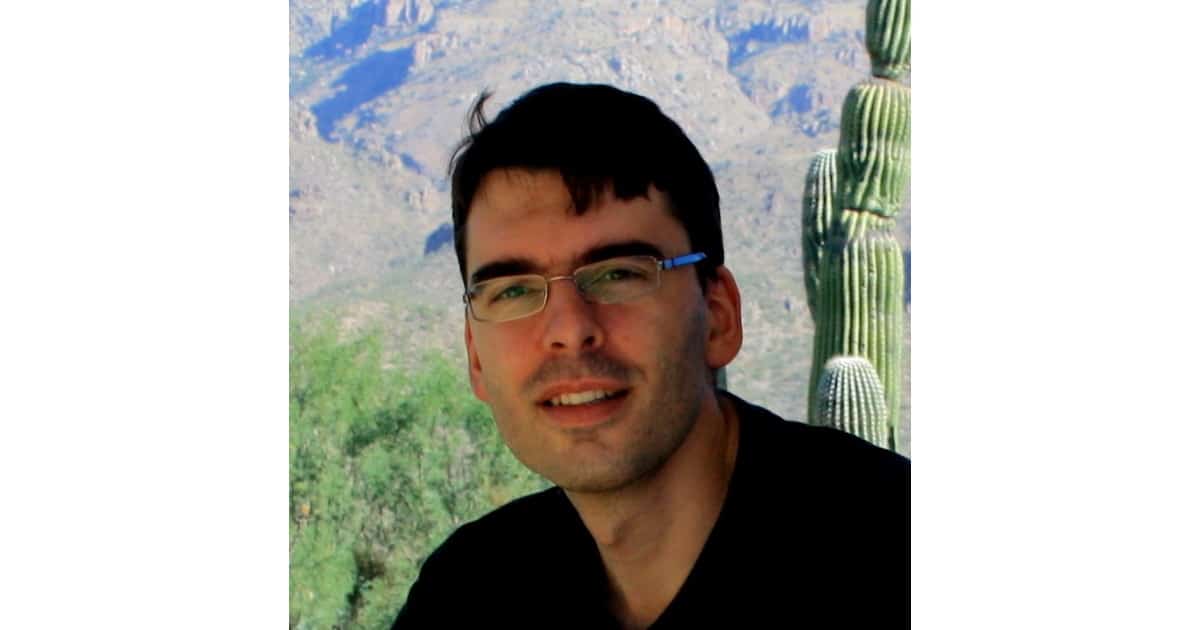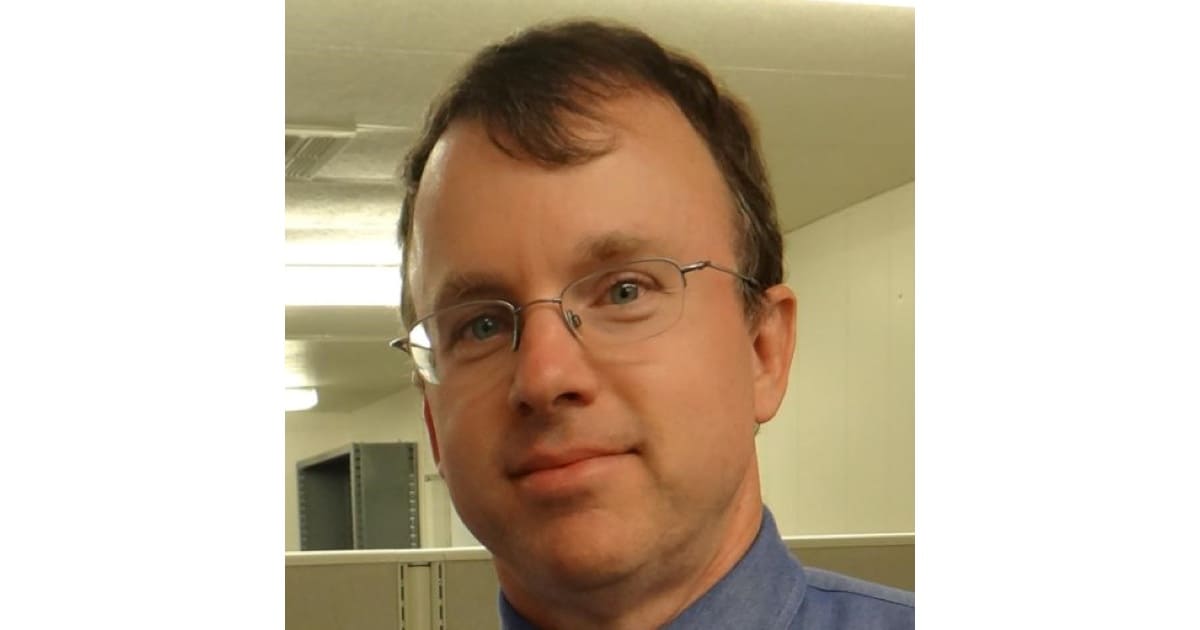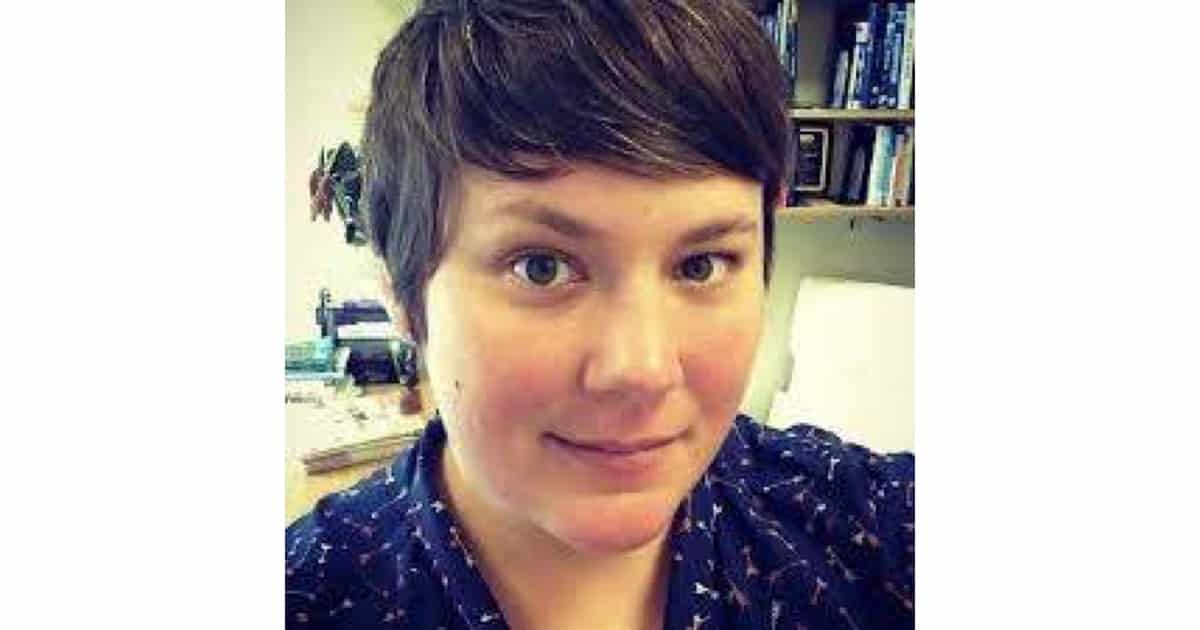Researchers from the Gwangju Institute of Science and Technology in South Korea developed a silk-based physical unclonable function (PUF).
Science
This Paralyzed Man Tweeted Just by Thinking About it
A 62-year-old Australian man who was paralyzed recently sent out a tweet “using only direct thought.”
The ‘first direct-thought tweet’ was created wirelessly from O’Keefe’s brain, according to the company. Following progressive paralysis caused by ALS, the man had a brain computer interface called ‘Stentrode’ installed last year. The implant, “designed to enable patients to wirelessly control digital devices through thought,” was inserted via the jugular vein to avoid drilling into the skull.
Nvidia Builds 'Earth-2' Supercomputer to Accurately Simulate Climate Change
Nvidia is building a powerful supercomputer it calls Earth-2. They want to use simulation to make predictions in climate change with meter-scale resolution.
For the first time, we have the technology to do ultra-high-resolution climate modeling, to jump to lightspeed and predict changes in regional extreme weather decades out.
We can achieve million-x speedups by combining three technologies: GPU-accelerated computing; deep learning and breakthroughs in physics-informed neural networks; and AI supercomputers, along with vast quantities of observed and model data to learn from.
Scientists use Cyberpunk Albatrosses to Scan for Infrasound at Sea
Wired is out with a cool story on Monday. Scientists fit albatrosses with sensor-laded backpacks to scan for infrasound.
Their wingspans, which can be 11 feet long, are lengthier than any human is tall. This allows them to spend considerable time simply floating on air currents above open waters, something that conserves energy as they embark on foraging trips. Not only do they fly across vast swaths of isolated ocean, but they don’t dive into the water, so any sensors attached to them wouldn’t get especially wet.
Do You Have 100 Terabytes of Free Storage? Download the Universe
Researchers have prepared the Uchuu simulation of the universe, the most detailed ever made so far. It contains 2.1 trillion “particles” in a space 9.6 billion light-years across.
The simulation models the evolution of the universe across more than 13 billion years. It doesn’t focus on the formation of stars and planets but instead looks at the behavior of dark matter within an expanding universe. The detail of Uchuu is high enough that the team can identify everything from galaxy clusters to the dark matter halos of individual galaxies. Since dark matter makes up most of the matter in the universe, it is the main driver of galaxy formation and clustering.
“Fortunately, if you don’t have that much spare change, you can access the data online. The Uchuu team has their raw data on skiesanduniverses.org, so you can explore their virtual universe all you want.”
Photo by Guillermo Ferla on Unsplash
Biotech Startup 'SweetBio', VC Firm "VamosVentures, Get Funded by Apple
Two companies have gotten funding from Apple’s Racial Equity and Justice Initiative, a biotech startup called SweetBio and a venture capital firm called VamosVentures.
‘Unseen Empire’ is a Game Based on a Real-Life Wildlife Study
Based on the biggest wildlife camera trap study ever, Unseen Empire takes you through the research process.
In playing the game, users can re-enact the research process as they place camera traps across eight countries and collected and identify hundreds of never-before-seen photos of rare animal species.
Neural Implant Helps Person Write Just by Thinking
Researchers helped a paralyzed person to write just by imagining that we was writing, by using a neural implant.
New Studies Show no Harmful Effects to Humans From 5G
Researchers from the Australian Radiation Protection and Nuclear Safety Agency (ARPANSA) and the Swinburne University of Technology in Australia analyzed studies that find no evidence of 5G harming humans.
Aside from looking at animal and lab experiments, one review also analyzed epidemiological studies of radar, which uses the same sort of RF (low-level energy fields above 6 gigahertz to as high as 300 GHz) that 5G is expected to rely on. Their conclusions, based on reviewing data from over 100 studies, should be reassuring.
Apple Women’s Health Study Releases First Results
The Apple Women’s Health Study team at Harvard T.H. Chan School of Public Health released preliminary results on Tuesday.
Apple Hearing Study Shares Concerning Statistics
The Apple Hearing Study has shared statistics from its participants (n=unknown) showing many experience dangerous sound levels.
NASA’s Perseverance Rover Runs on a Modified iMac G3 Processor
Apparently the Perseverance rover is running on a modified PowerPC 750 processor which was also used in the original iMac G3 from 1998.
Biogen and Apple Launch Cognitive Health Study With Apple Watch, iPhone
Apple has teamed up with Biogen on a new health study to monitor cognitive health using an Apple Watch and an iPhone as tools.
Explore Your Personality With New ‘Dimensional’ App
So here’s a new app that was recently launched on the App Store. It’s called “Dimensional” and claims to help you understand your personality. One of the creators introduced it on Reddit and is answering questions about the app: “It seemed what existed out there was pseudo-science tests like MBTI that are fun but not that useful in practical terms or really scientific stuff that is hard for lay people to understand. So this is our attempt at making quality personality science useful to people.” I consider myself a skeptical person but I think this sounds interesting at the very least. Specifically, I see no mention of astrology or similar ways to introduce yourself to people as a “PB&J born under the Caprisun sign”. I plan to download it and see what it’s all about.
We’re All Cyborgs and Didn’t Even Realize It
It’s certainly interesting to think about. Do smartphones count as “external brains?”Does wearing an Apple Watch make us a cyborg? Alex Hern examines the issue, although I disagree on one part: It’s definitely not an Apple-specific phenomenon.
Without us even noticing, Apple has turned us into organisms living symbiotically with technology: part human, part machine. We now outsource our contact books, calendars and to-do lists to devices. We no longer need to remember basic facts about the world; we can call them up on demand.
Read the article, then watch this TEDTalk from cyborg anthropologist Amber Case.
Archaeologist and Author Dr. Rebecca Wragg Sykes - BGM Interview
Dr. Rebecca Wragg Sykes is an archaeologist, writer and creative professional. She earned her Ph.D. in Archaeology from the University of Sheffield (UK) in 2010. She is the author of the just published book Kindred which is about Neanderthal life, love, death and art.
Dr. Sykes attributes her interest in Archaeology to “mucking around in the dirt in the backyard” as a child. But also her parents took her to historic sites on holidays. Then she started devouring books about the ancient Egyptians. By and by, she became keenly interested in the reality of life in the past. Rebecca humorously explained how “Archaeology is like Anthropology but for dead people.” In segment two, we explored her new book about the Neanderthals, and it was mesmerizing. For example, new findings have proven that there was interbreeding with Homo sapiens. There is much more in this delightful show.
Paleoanthropologist Dr. John Hawks - BGM Interview
Dr. John Hawks is a Distinguished Achievement Professor of Anthropology at the University of Wisconsin, associate chair, and undergraduate advisor. He earned his Ph.D. in Anthropology from the University of Michigan in 1999. His interests include Biological anthropology, Paleoanthropology, and Anthropological genomics.
John took us through the evolution of humans from a cultural and genetic viewpoint, starting about 3 milion years ago. In recent years there’s been an explosion in the fossil history of our ancestors that has greatly improved our understanding of Homo Sapiens. We spent some time covering the newest thinking about Neanderthals, including how Homo Sapiens interacted with them starting 100,000 years ago in Europe — and the mysterious disappearance of the Neanderthals. John provides fascinating details of our human evolution. Don’t miss this one!
Astronomy Professor Dr. Mario Juric - BGM Interview
Dr. Mario Juric is professor of astronomy at the Department of Astronomy of the University of Washington. He holds a Ph.D. in Astrophysical Sciences from Princeton University. His research is at the intersection of astrophysics and computer science and engineering: developing systems and algorithms for use with large data sets to answer questions about the Universe.
We chatted about how Mario was inspired to become an astronomer, and one notable name came up: James T. Kirk. That’s all it took. Oh, and also Isaac Asimov and Arthur C. Clarke. Most of the show, however, centered around two things: mapping our Milky Way galaxy and and his work on the Vera C. Rubin Observatory project, previously the LSST. Starting in 2021, this telescope will capture panoramic images of the entire visible sky twice each week for 10 years, building up our deepest, widest, image of the universe. The result: hundreds of petabytes of imaging data for close to 40 billion objects. One mission: planetary defense!
Astrogator and CEO Mike Loucks - BGM Interview
Mike Loucks is the CEO of Space Exploration Engineering (SEE), which he co-founded in 1995. He received a BA in Physics/Astronomy from Whitman College, WA in 1985 and an MS in Aerospace Engineering Sciences from the University of Colorado in 1991. He co-founded SEE corp. in 1995 after working as an operations and trajectory planning expert for Orbital Sciences Corporation.
The NASA Apollo missions and science fiction by Robert Heinlein got Mike interested and space and astronomy. Early on, he pondered becoming an astronomer but later decided that aerospace engineering was his true passion. We chatted about the founding of SEE and his work there. Mike then told me about the kinds of computer and software tools he uses for orbital and celestial mechanics and the role Macs have played in his life. Mike finished with some great advice for students who want to pursue a career in aerospace engineering.
Discover Your Place in the Universe With the Kurzgesagt App
Kurzgesagt is a science channel on YouTube that creates education videos for people. They recently partnered with Wait But Why to create the Universe in a Nutshell app. It lets people explore size by zooming between scales of 10^-35 meters to 10^26 meters (atomic scale to universe scale). It’s also filled with science facts that you can find by tapping on the objects you see. App Store: US$2.99
Ice Age Ecologist Dr. Jacquelyn Gill - BGM Interview
Dr. Jacquelyn Gill is an Associate Professor of Paleoecology and Plant Ecology, School of Biology, Ecology and Climate Change Institute, the University of Maine. Her research interests include: Paleoecology, community ecology, vegetation dynamics, extinction, climate change and biotic interactions. She received her Ph.D. in Paleoecology from the Univ. of Wisconsin.
An outdoor life, science fiction, cave exploration and a professor who taught her how to ask questions about what she saw in the natural environment laid the foundation for Jacquelyn’s interest in Nature and Ecology. She tells a remarkable, instructive story about how she got admitted to her Ph.D. program. Then we chatted about just what Paleoecology and Biogeography are as well as the effects of animal extinction, recovering extinct animals from DNA, ecological models, and recovery from bad ecological trends. Jacquelyn is spellbinding in her description of her work.
Apple, UCLA Launch 3 Year Depression Study
Apple is partnering with the University of California, Los Angeles on a three-year depression study.
Science Communicator Dr. Kiki Sanford (#9) - TMO Background Mode Interview
Dr. Kiki Sanford makes her ninth appearance on Background Mode. Kiki is a neurophysiologist with a B.S. in conservation biology and a Ph.D. avian neurophysiology from the University of California. She’s a popular science communicator and creator/co-host of This Week in Science (TWIS) podcast and radio show.
In this episode, we spend the first segment clearing up some confusion about COVID-19. Mask theory of use, the value of lockdowns, how the U.S. is doing compared to Europe, how blood type affects the body’s response, presymptomatic vs. asymptomatic, and what we know about how the virus survives on surfaces. In part II, we discussed how computer neural networks trained to learn like developing human brains also need something akin to sleep. Also, how dogs have a genetic desire to save their owner from trouble. And more. As always, Kiki is delightful as she makes science both fun and interesting.
Apple’s Research App Updated With Survey and Hearing Test
Apple updated its Research app today with a COVID-19 survey for participants in the Heart and Movement Study, and a new test for those in the Hearing Study.

